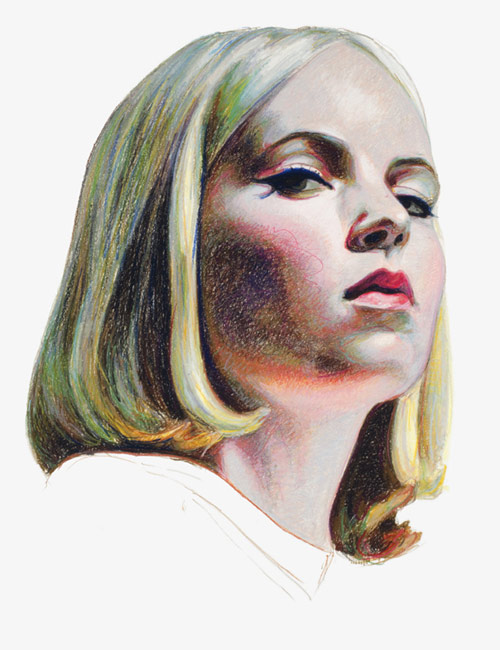At the end of October, my Art III classes took part in an activity which I called "#ColorTheoryParty (#itsnotarealparty)" -- you can check out the original post with instructions for my students
here.
We are now transitioning out of our Color Theory unit and into Post-Impressionism (impasto paintings are coming!), but I wanted to post some results from our activity.
Here is just a small handful of the pictures my students submitted:
Considering hosting a #ColorTheoryParty in your classroom?
Some notes for teachers:
This activity will work best if your school has a BYODevice policy or makes allowances for use of mobile devices in the classroom for educational purposes. It's pretty much crucial that students be able to use their phones in order to get engaged.
Make sure you have at least one digital camera available for students who don't have a phone (or don't have it with them, have a dead battery, etc.). Some of my students borrowed their friends' phones to complete the activity, but just as many asked to use my personal camera instead (I don't know if we have a classroom camera).
Students REALLY enjoyed being able to use SnapChat to take their photos (although they had to email them to me... I don't Snap with my students!). SnapChat is ideal for this activity, because students were able to label their photos digitally, with no need to use a post-it note or remember to include each color scheme name in the email subject line. If they liked what they were learning and photographing enough to actually send it to their friends or their story, that seems like a bonus to me!
I initially listed 4 options for how students could submit their photos to me -- one was through social media by using the hashtag #colortheoryparty *if they had a public account, but all of my students chose to use my camera or email the photos directly to me. But do what works for you! I had also looked into an app called BlendIt (www.blendit.us) which I think would work well, but nobody wanted to install a new app on their phones.
If you use this activity (or a variation), please let me know! I would love to see it in action other places!
-Ms. Walker








